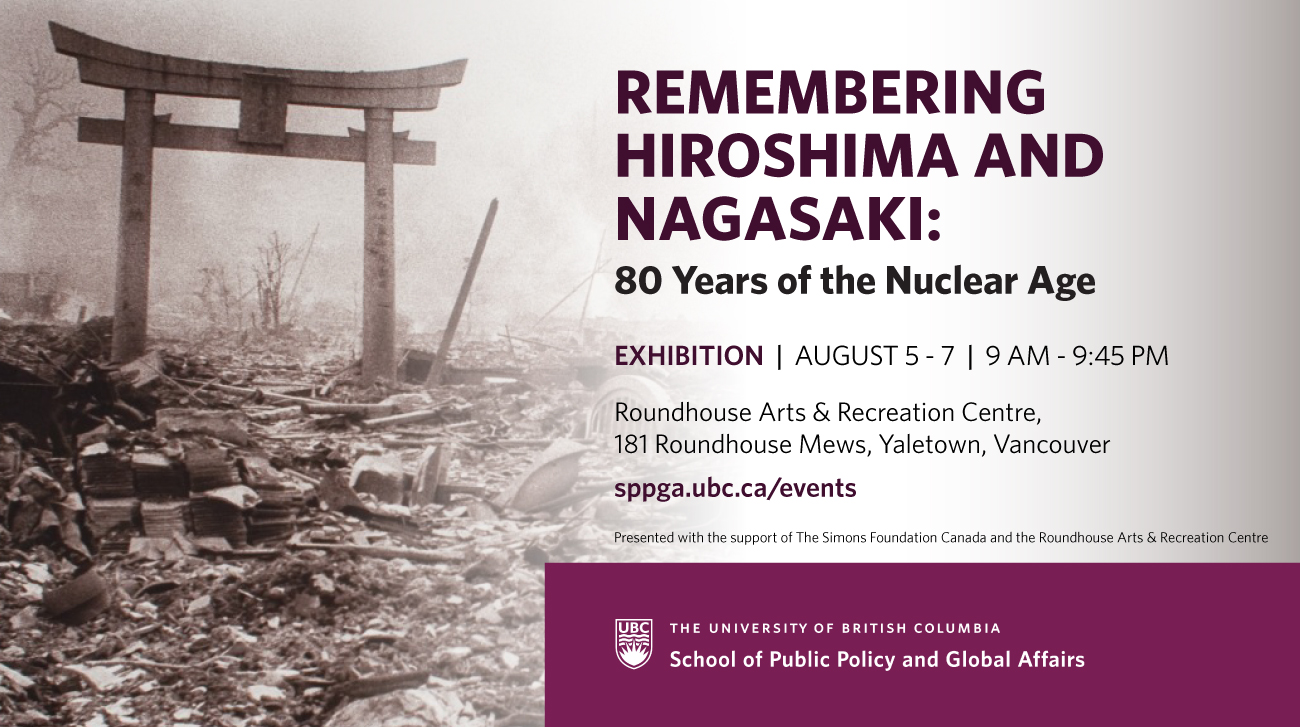About The Speaker:


Dr. Christopher Lupke is the editor of The Magnitude of Ming: Command, Allotment and Fate in Chinese Culture (University of Hawai’i Press, 2005) and New Perspectives on Contemporary Chinese Poetry (Palgrave Macmillan, 2008). Lupke’s early work centered on the interrogation of the cohesive nation state in contemporary Chinese literature. He has recently completed a book on the Taiwanese auteur filmmaker Hou Hsiao-hsien that is forthcoming from Cambria Press. His current work is on a book-length project on the Chinese notion of filiality (xiào) as it has been represented in the modern era.
Abstract:
The Confucian notion of filiality (孝 xiao) is one of the fundamental building blocks of traditional Chinese philosophical discourse and social practice. As such, during the early 20th century it was subjected to a thoroughgoing critique by the intellectual iconoclasts who fueled China’s radical transformation into the modern era. The central question of this paper is how has the battered notion of filiality survived through to the contemporary era in Chinese visual representation? The artist Zhang Xiaogang, for example, is preoccupied with visual images of the family in his now iconic “bloodlines” series. What exactly Zhang Xiaogang is suggesting in these pastiche renderings of the classic family portrait from the Maoist Era, embellished with slender lines in red that connect the people, is not entirely clear. Serendipitously, the filmmaker Zhang Yang provides a partial answer to this question of his own, inserting Zhang Xiaogang’s work into the narrative of his own work, the film Sunflower, released in 2004. Sunflower resurrects the traditional trope of filiality and places the responsibility for the disintegration of the family in general, and the father-son relationship in particular, squarely at the feet of the Cultural Revolution. The film features Gengnian, an artist separated from his family for six years of ideological retraining in the countryside. On his return, he discovers his son Xiangyang, whose name means “face the sun,” an overt reference to Chairman Mao, has grown distant and wary of the father. Their relationship throughout the film is extremely strained. It also is overlaid with other issues, such as Xiangyang’s relationship with his girlfriends, who in each case but for different reasons obtain abortions. The film is a perfect example of how contemporary China, with its post-Mao legacy, rampant free market sensibility, inexorable dismantling of its traditional domestic architecture, and move toward the nuclear family as the basic social unit, has been catastrophic for the traditional concept of filiality. And yet filiality, as a notion that informs familial bonds and directs ethical behavior and a sense of responsibility, continues to stubbornly assert itself in this uncongealed social formation. Near the end of the film, and precisely in front of Zhang Xiaogang’s paintings, the father and son reconcile, illustrating that redemption is still possible in this fractured world of atomistic identity. Thus, despite the challenges that have beset filiality in the modern era, the concept and practice has not entirely died out, though it has been severely undermined. Filiality continues to weigh on the minds of Chinese intellectuals dedicated to representing the current social milieu in visual, aesthetic forms.
Sponsor: Centre for Chinese Research, Fulbright Canada
By: Dr. Christopher Lupke, Professor of Chinese and Cinema Studies, Department of Foreign Languages & Cultures, Washington State University
Type: Event

